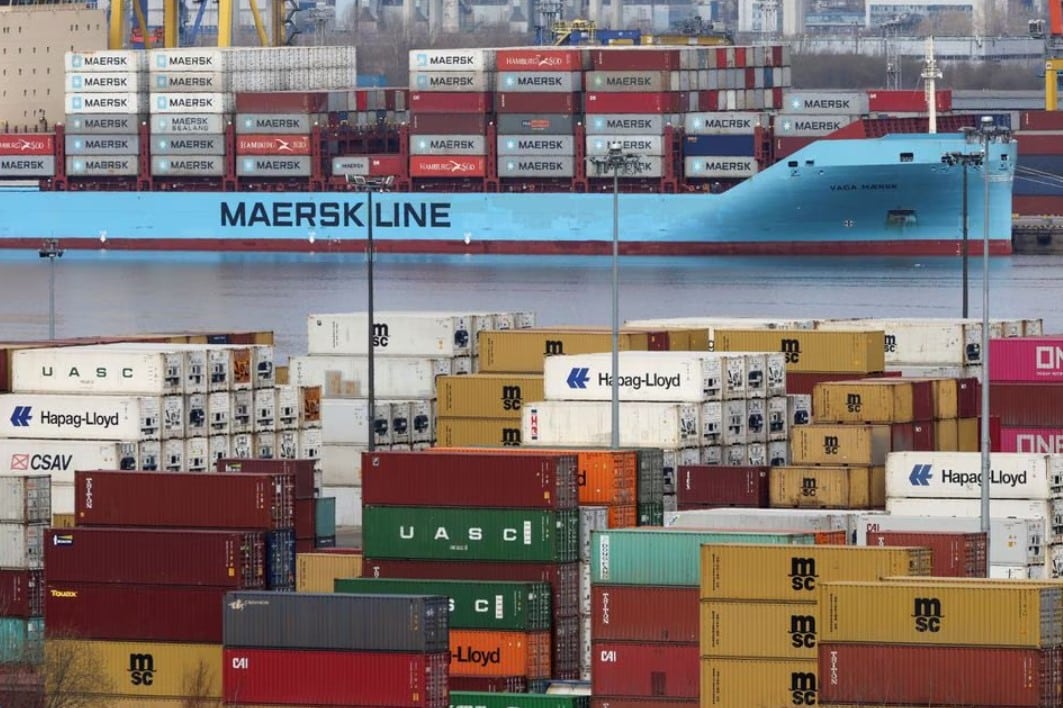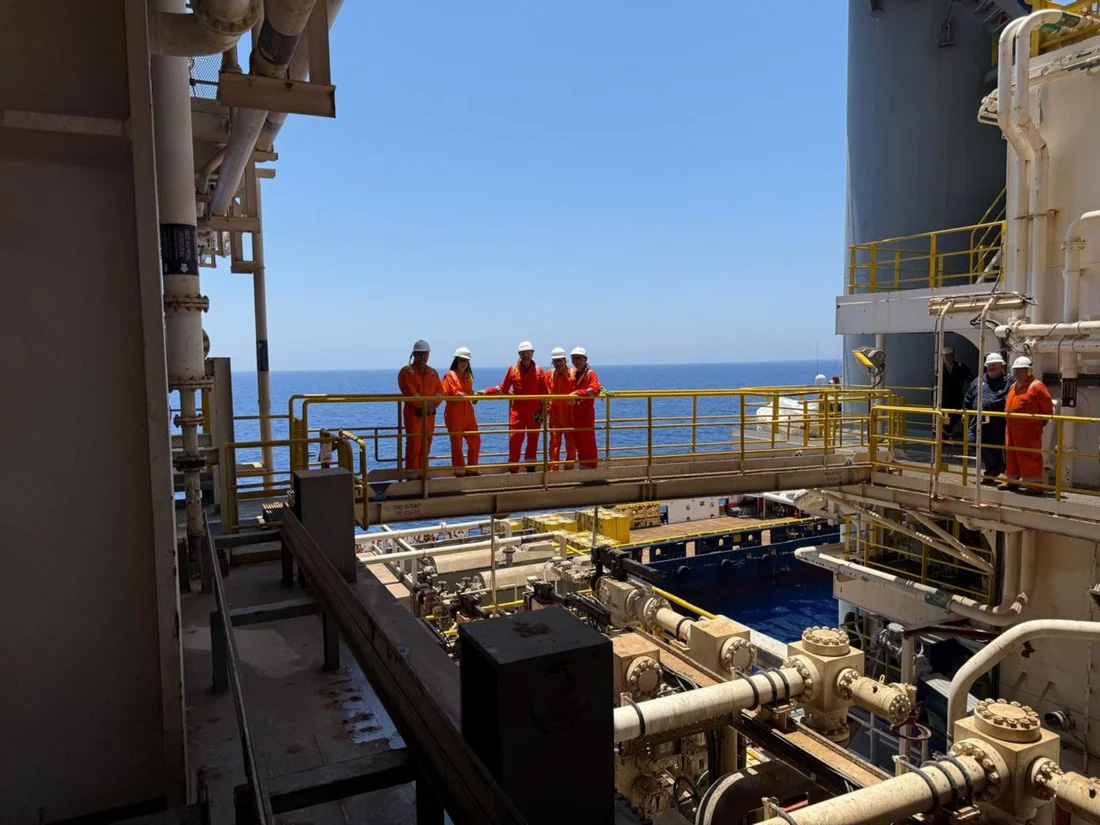The European Union’s total trade with the Indo-Pacific region amounted to €848.0 billion in 2024, a period marked by a slight decrease in imports and a continuing trade deficit, according to Eurostat.
In 2024, EU imports from the region were valued at €450.3 billion, while exports reached €397.7 billion. Compared with figures from 2023, imports declined by 2.4 per cent, although exports managed to increase by 1.1 per cent.
Trade with the Indo-Pacific region made up a significant portion of the bloc’s global trade activities, accounting for 18.5 per cent of all EU imports and 15.4 per cent of all exports in 2024.
The decade between 2014 and 2024 saw highly volatile growth rates for the EU’s trade with the Indo-Pacific. Trade sharply declined during the pandemic, with imports falling by 8.6 per cent and exports dropping by 12.3 per cent in 2020.
This downturn was followed by record annual growth in the two subsequent years: imports soared by 20.0 per cent in 2021 and 33.1 per cent in 2022, while exports increased by 16.8 per cent in 2021 and 15.6 per cent in 2022.
Although trade declined again in 2023, the drop slowed considerably to a minimal reduction in 2024.
Overall, over the ten-year period from 2014 to 2024, imports from the Indo-Pacific region grew by 81.1 per cent, significantly outpacing the exports which increased by 38.3 per cent.
Moroever, the EU’s trade balance with the Indo-Pacific region saw a major shift over the decade. Between 2014 and 2018, the EU consistently reported a trade surplus, but this reversed to a trade deficit starting in 2019.
In 2024, the EU recorded a €52.7 billion trade deficit with the region.
This deficit had previously peaked at €98.3 billion in 2022, a result mainly driven by a sharp rise in imports, particularly manufactured products originating from India and Vietnam.
Following that peak, the deficit began to narrow, continuing to decline over both 2023 and 2024.







Click here to change your cookie preferences